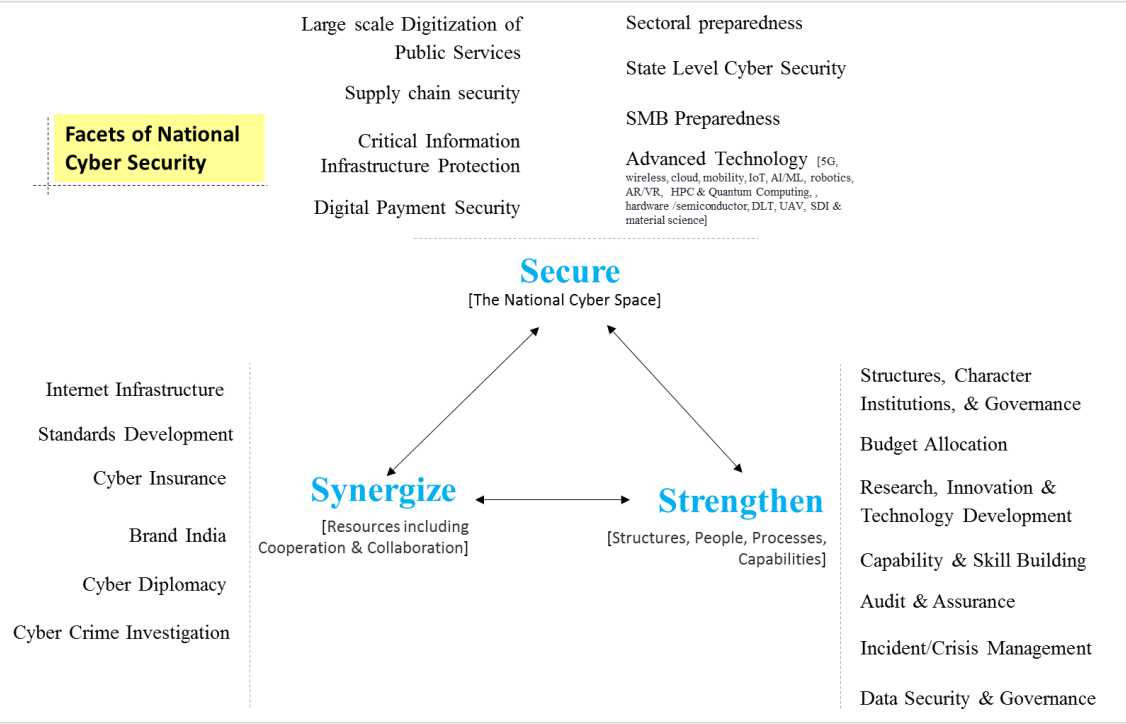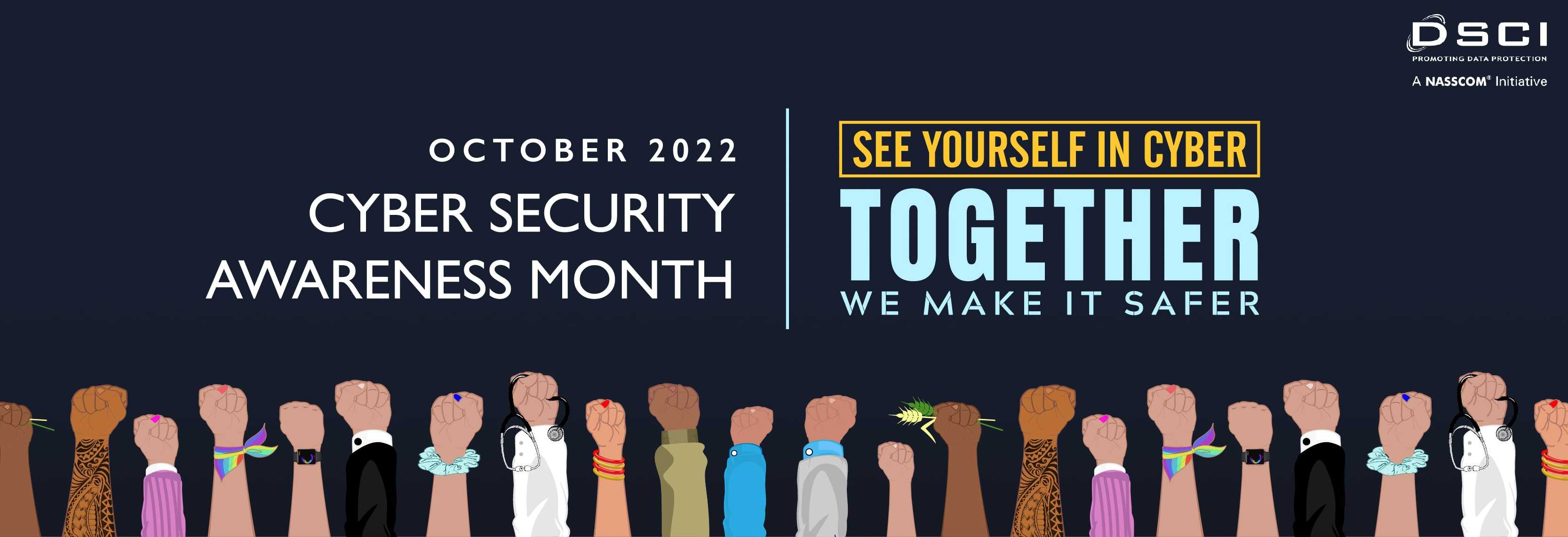In an era defined by digital transformation, cloud computing, remote workforces, and connected devices, cybersecurity is no longer just an IT concern—it’s a strategic business imperative. Data breaches, ransomware attacks, and supply chain compromises are now regular threats, capable of disrupting operations, eroding customer trust, and triggering massive financial losses. To navigate this volatile digital landscape, every modern enterprise needs a cybersecurity strategy that is proactive, comprehensive, and resilient.
This guide explores the foundational elements of an effective cybersecurity strategy, the importance of aligning it with business goals, and how risk management strategies in cybersecurity can be integrated to ensure sustainable protection.
Why a Cybersecurity Strategy Is Crucial for Enterprises

Modern enterprises operate in complex ecosystems, where data flows across internal teams, third-party vendors, cloud platforms, and remote employees. Each touchpoint introduces potential vulnerabilities. A well-defined cybersecurity strategy helps an organization:
- Identify and assess cyber risks
- Protect critical data and infrastructure
- Detect and respond to incidents quickly
- Ensure compliance with regulatory standards
- Build customer and stakeholder confidence
Without a robust strategy, businesses are left reactive, addressing threats only after damage is done.
Key Components of a Strong Cybersecurity Strategy
A modern cybersecurity strategy must be more than a set of technical controls; it must be an evolving framework that blends policy, education, technology, and resilience. Here are the essential components:
Asset Identification and Classification
Understanding what needs to be protected is the first step. Enterprises should catalog hardware, software, data, and digital resources. High-value assets—like customer databases, financial records, or proprietary algorithms—should be prioritized for protection.
Risk Assessment and Threat Modeling
One of the most critical risk management strategies in cybersecurity is identifying where and how threats could impact your business. Risk assessments help determine the likelihood of various attacks and the potential damage they could cause. Threat modeling enables you to visualize attack paths and prioritize vulnerabilities.
Security Policy and Governance
A formal set of security policies outlines how data and systems should be used, stored, and protected. Governance structures—such as security committees and designated CISOs—ensure oversight, accountability, and continuous improvement of the cybersecurity posture.
Access Control and Identity Management
Only authorized users should have access to sensitive information. Implementing strong authentication (e.g., MFA), role-based access, and regular reviews of user permissions are crucial to reducing internal risks.
Data Protection and Encryption
Protect data in transit and at rest with strong encryption protocols. Data loss prevention (DLP) systems can detect and block unauthorized data transmissions, while secure backup systems ensure recovery in case of breach or disaster.
Employee Awareness and Training
Human error is still a leading cause of breaches. Regular cybersecurity awareness training can turn employees into your first line of defense. Training should cover phishing, password hygiene, device use policies, and incident reporting procedures.
Monitoring, Detection, and Response
Real-time monitoring tools such as SIEM (Security Information and Event Management) systems allow enterprises to detect anomalies, unauthorized access, and emerging threats. Coupled with a well-practiced incident response plan, this enables fast containment and recovery.
Third-Party Risk Management
Vendors and partners often have access to your systems and data. Incorporating risk management strategies in cybersecurity means vetting third parties, requiring contractual security controls, and regularly auditing their practices.
Regulatory Compliance
A strong cybersecurity strategy aligns with data privacy regulations and industry-specific requirements such as GDPR, HIPAA, PCI-DSS, or ISO 27001. Non-compliance can result in heavy fines and reputational harm.
Business Continuity and Disaster Recovery
Cybersecurity is not just about preventing attacks, but also about maintaining operations in their wake. A business continuity plan (BCP) and disaster recovery plan (DRP) should be integrated into the overall cybersecurity strategy to minimize downtime and data loss.
Aligning Cybersecurity with Business Objectives

Many organizations struggle to bridge the gap between cybersecurity and business goals. Security initiatives are often viewed as cost centers, rather than strategic enablers. To overcome this, enterprises must:
- Quantify cyber risks in financial terms
- Align security KPIs with business metrics
- Involve senior leadership in security decisions
- Embed security into digital transformation initiatives
By doing so, cybersecurity becomes a value driver—protecting innovation, customer trust, and brand equity.
Emerging Trends Shaping Enterprise Cybersecurity
A robust cybersecurity strategy must evolve with the threat landscape. Here are the key trends modern enterprises should account for:
Zero Trust Architecture
This model assumes that no user or system—inside or outside the network—can be trusted by default. Zero Trust enforces strict verification for every access request.
AI-Powered Threat Detection
Artificial intelligence and machine learning are being leveraged to identify anomalies and detect sophisticated attacks in real-time.
Cloud Security Posture Management (CSPM)
As cloud adoption grows, tools that continuously assess misconfigurations and vulnerabilities in cloud environments are essential.
Security Automation
Automated incident response, patch management, and compliance monitoring reduce response time and free up security teams for strategic tasks.
Privacy-First Design
With rising privacy regulations and consumer expectations, data protection must be embedded at the design stage of products and services.
Measuring the Effectiveness of a Cybersecurity Strategy
A cybersecurity strategy must be measurable to be meaningful. Key performance indicators (KPIs) and metrics help assess effectiveness and drive improvements. Examples include:
- Number of detected and mitigated incidents
- Time to detect/respond to threats
- Employee participation in security training
- Patch management compliance rates
- Results from penetration testing and audits
Regular reviews, third-party assessments, and red-teaming exercises can uncover gaps and validate readiness.
Common Pitfalls to Avoid
When developing a cybersecurity framework, many enterprises fall into traps that can undermine their efforts:
- Treating security as a one-time project instead of a continuous process
- Underfunding cybersecurity initiatives
- Ignoring insider threats
- Failing to integrate risk management with business planning
- Over-relying on tools without building a security-aware culture
Avoiding these pitfalls requires strategic foresight, consistent investment, and a strong partnership between IT and business leaders.
The Role of Leadership in Cybersecurity
Executives must champion security from the top. A board that understands cyber risk is more likely to fund the right initiatives, support cultural change, and make security a core business objective. Regular briefings, scenario planning, and simulations involving leadership can significantly enhance organizational readiness.
Conclusion
In a digital-first world, cybersecurity cannot be an afterthought. It must be built into the DNA of every enterprise. A well-executed cybersecurity strategy protects not only systems and data but also the trust of customers, partners, and regulators. By integrating risk management strategies in cybersecurity, businesses can move from a reactive posture to one of resilience and innovation.
Whether you're laying the foundation or refining an existing framework, the success of your strategy depends on continuous learning, cross-functional collaboration, and alignment with business goals.
For organizations in India seeking guidance and leadership in this domain, the Data Security Council of India (DSCI) stands out as a key ally. As a premier industry body on data protection, cybersecurity, and privacy, DSCI drives policy advocacy, builds awareness, and enables capacity development across industries. Their insights and initiatives are helping enterprises of all sizes build stronger, smarter, and more secure digital ecosystems.






